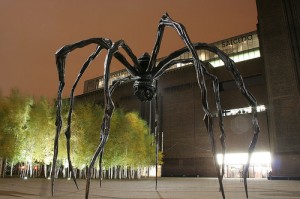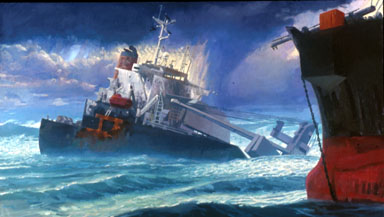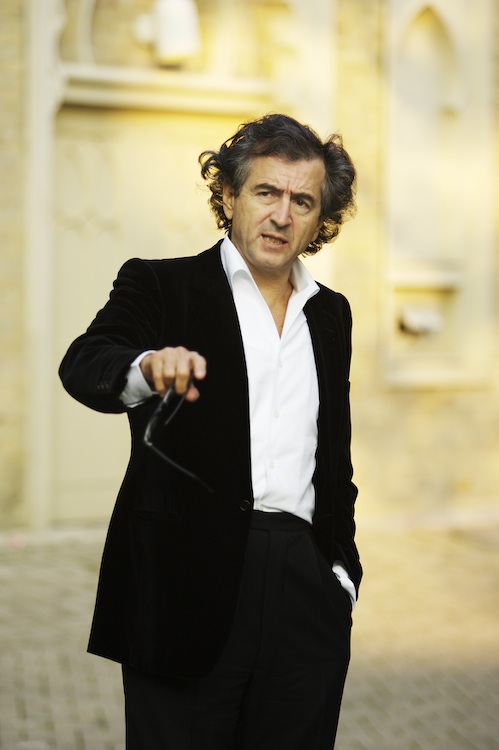Art Scatter regular Tim DuRoche, a man of wide-ranging interests, has allowed us to post this account of Portland’s “Summer of Planning”, which is rapidly becoming a “Fall of Planning”. We’re especially happy to have his report of Portland planning chief Arun Jain’s talk on the last day of the “Volume” art exhibition, organized by Portlandart proprietor Jeff Jahn, in some ways the clearest expression of the uneasy relationship between art and urban planning. Tim writes about planning, urban design topics for Portland Spaces’ Burnside Blog.
By Tim DuRoche
With all the hubbub about cities and planning in arts circles—Sojourn Theatre’s Built, the Lawrence Halprin Fountain-centric City Dance, visual arts group shows Volume and the Thomas Sieverts-inspired Suddenly for starters, you kind of have to wonder—is urban planning the new black?
 Or in the context of the lo-fi, local artscape, is an embrace of placemaking and the language of planning yet another double-coded, wink-wink social-practice gambit from the legions of folks making art that’s rife with sewing circle/swap meet simplicity?
Or in the context of the lo-fi, local artscape, is an embrace of placemaking and the language of planning yet another double-coded, wink-wink social-practice gambit from the legions of folks making art that’s rife with sewing circle/swap meet simplicity?
The marquee-prominence of planning in cocktail-conversation Portland thrives because of civic engagement, while on the viz art end, Portland’s social-practice artists bank on a street-level participation that’s one part community charrette, part tea party, part cracker-barrel confession, and many parts Tom Sawyer whitewashing.
So what happens when an architect-planner meets a young-and-restless art posse head on?
Continue reading Turning up the “Volume” on planning in Portland









